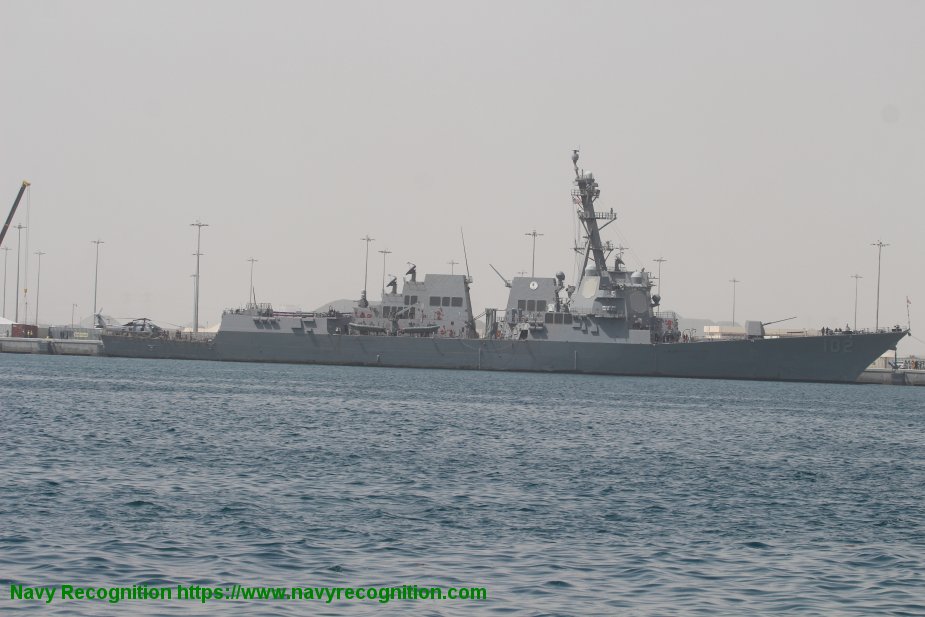The U.S. Navy appears to test brand new combat groups, combining an Alreigh Burke-class guided-missile destroyer with a San Antonio-class Landing Platform Dock, to adapt itself to the Chinese Navy in their conflict emerging in the South China Sea.
 Alreigh Burke-class destroyer at DIMDEX 2018 in Qatar (Picture source : Navy Recognition)
Alreigh Burke-class destroyer at DIMDEX 2018 in Qatar (Picture source : Navy Recognition)
This new naval group has been tested for the first time during exercises off Chile and might supplement existing amphibious squadrons and Surface Action Groups (SAGs) in the future. In Asia, where there are a lot of islands to conquer, the Marines are likely to engage their ennemy in amphibious operations. Therefore, an optimized combat group is essential.
This first Littoral Combat Group (LCG-1) reunited the USS Wayne E. Meyer (Arleigh Burke-class), the USS Somerset (San Antonio-class) and the Special Purpose Marine Air-Ground Task Force-Peru (SP-MAGTF) for an exercise at the EXPONAVAL that took place in Chile. The goal of this exercise was to improve command and control operations, placing a captain as the commodore of both ships.
The guided-missile destroyer will launch missiles at the enemy defenses, allowing the Marines to storm ashore on enemy-held islands such as those occupied by the PLA in the South China Sea.
LCG-1 also conducted several partnership training missions, while underway and ashore in the U.S. Southern Command area of responsibility, mainly the Peruvian infantry. LCG-1 reported directly to the U.S. Third Fleet and Fourth Fleet during its deployment.
Nowadays, both the Navy and Marine Corps are pursuing new anti-ship capabilities for submarines, surface ships and ground forces. These two services are also looking at new ways the Marines can support the battle for sea control from ashore in the same way the Navy can support forces on the ground from being at sea.










